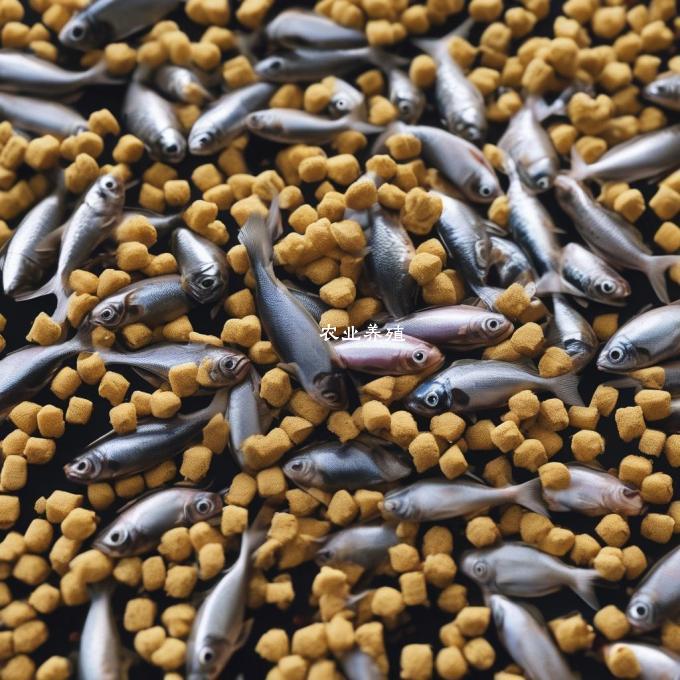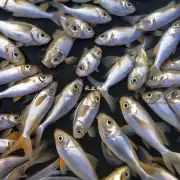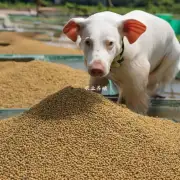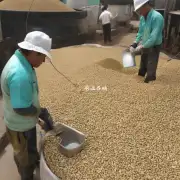鱼饲料生产过程中如何确保细菌和病毒的控制?
童飞
当之无愧
Answer:
1. Sanitation and hygiene:
- Use clean and sanitized equipment and utensils throughout the production process.
- Maintain strict hygiene practices, including hand washing and wearing personal protective equipment.
2. Sterilization:
- Sterilize all equipment, surfaces, and materials that come into contact with food or water.
- Use autoclave, UV disinfection, or other effective sterilization methods.
3. Sanitation of raw materials:
- Ensure that raw materials are free from bacteria and other contaminants.
- Use pasteurization, boiling, or other methods to eliminate harmful microorganisms.
4. Monitoring and testing:
- Regularly monitor water quality and food safety throughout the production process.
- Conduct microbiological testing to ensure the absence of bacteria and viruses.
5. Employee training:
- Train all employees involved in the production process on food safety and hygiene practices.
- Provide regular updates and training on best practices.
6. Good manufacturing practices (GMP):
- Follow good manufacturing practices (GMP) and industry standards, such as ISO 22000 or HACCP.
- Implement a quality control system to ensure compliance with GMP requirements.
7. Food additives and preservatives:
- Use approved food additives and preservatives to inhibit microbial growth and extend shelf life.
- Follow strict regulations and guidelines for the use of additives and preservatives.
8. Hazard analysis and risk assessment:
- Identify and assess potential food safety risks associated with the production process.
- Implement appropriate control measures to mitigate these risks.
9. Continuous improvement:
- Regularly review and improve the food safety and quality control system.
- Implement new technologies and best practices as needed.





